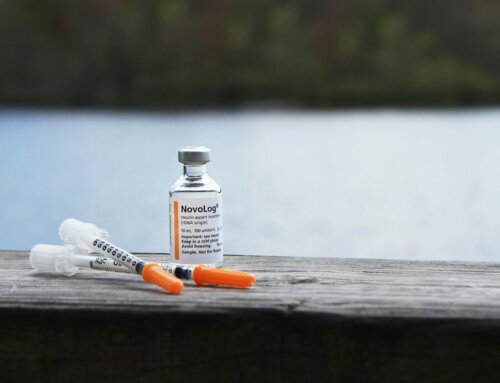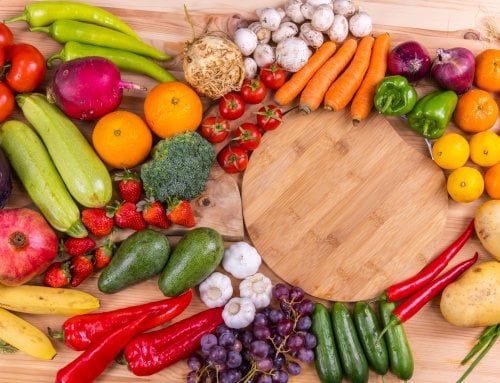Nearly all Americans consume much more sodium than they should, according to a report from the Centers for Disease Control and Prevention. Most of it comes from common restaurant or grocery store items.
The latest Vital Signs report finds that 10 types of foods are responsible for more than 40 percent of people’s sodium intake. The most common sources are breads and rolls, luncheon meat such as deli ham or turkey, pizza, poultry, soups, cheeseburgers and other sandwiches, cheese, pasta dishes, meat dishes such as meat loaf, and snack foods such as potato chips, pretzels and popcorn. Some foods that are consumed several times a day, such as bread, add up to a lot of sodium even though each serving is not high in salt.
“Too much sodium raises blood pressure, which is a major risk factor for heart disease and stroke,” said CDC Director Thomas R. Frieden, M.D., M.P.H. “These diseases kill more than 800,000 Americans each year and contribute an estimated $273 billion in health care costs.”
The report notes that the average person consumes about 3,300 milligrams of salt per day, not including any salt added at the table, which is more than twice the recommended limit for about half of Americans and 6 of every 10 adults. The U.S. Dietary Guidelines recommend limiting salt intake to less than 2,300 milligrams per day. The recommendation is 1,500 milligrams per day for people aged 51 and older, and anyone with high blood pressure, diabetes, and chronic kidney disease, and African Americans.
Key points in the Vital Signs Report:
- Ten types of foods account for 44 percent of dietary sodium consumed each day.
- 65 percent of salt comes from food sold in stores.
- 25 percent of sodium comes from meals purchased in restaurants.
- Reducing the salt content of the 10 leading sodium sources by 25 percent would lower total dietary sodium by more than 10 percent and could play a role in preventing up to an estimated 28,000 deaths per year.
Reducing daily sodium consumption is difficult since it is in so many of the foods we eat. People can lower their sodium intake by eating a diet rich in fresh or frozen fruits and vegetables without sauce, while limiting the amount of processed foods with added salt. Individuals can also check grocery food labels and choose the products lowest in salt. CDC supports recommendations for food manufacturers and restaurants to reduce the amount of sodium added to foods.
“We’re encouraged that some food manufacturers are already taking steps to reduce sodium,” said Dr. Frieden. “Kraft Foods has committed to an average 10 percent reduction of salt in their products over a two year period, and dozens of companies have joined a national initiative to reduce salt. The leading supplier of cheese for pizza, Leprino Foods, is actively working on providing customers and consumers with healthier options. We are confident that more manufacturers will do the same.”












Leave A Comment